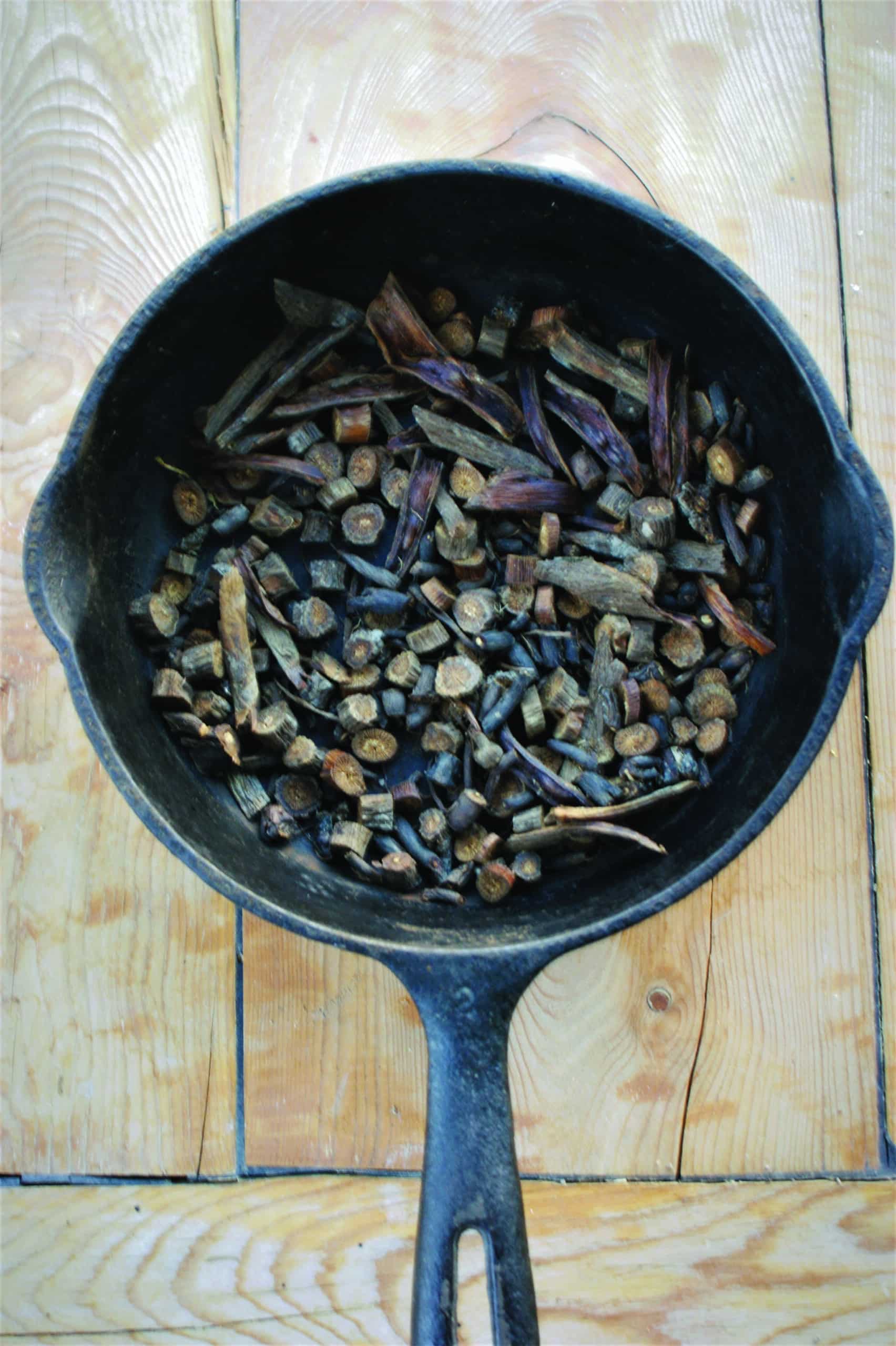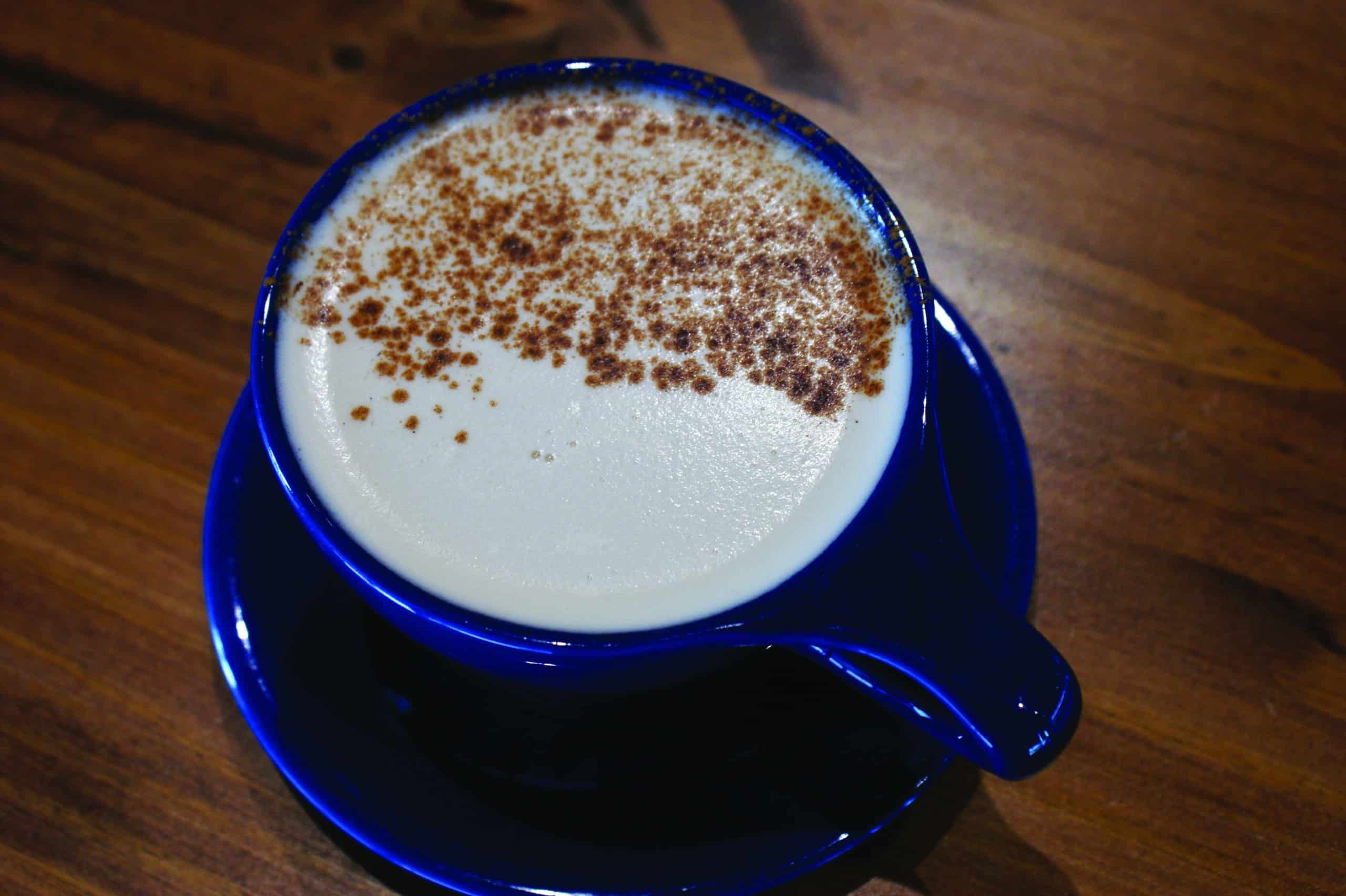The Evolution of Chai | By Nickolas Paullus
In recent years, chai (or masala chai as it is known in India) is all but ubiquitous. It can be found in just about
every coffee shop, and ready-made chai is a booming industry unto itself. Colorado alone boasts a handful of renowned brands. Bhakti, Sherpa and 3rd Street Chai, all based in Boulder, are well known for robust flavor and can be found in coffee shops from Denver to Durango.
While much of the growth in the industry is found in America and Europe, the vast majority of masala chai is consumed in its homeland on the Indian subcontinent. Chai as we know it, a blend of tea, spices, sugar and milk, has been a daily
ritual for nearly a billion people in India and neighboring Pakistan, Nepal and Bangladesh for nearly 200 years.
After the colonial British established tea plantations across the region, the ritual of drinking tea became enmeshed with the already established traditions of herbal teas common in the region’s Ayurvedic healing system. Black tea that is steeped in milk and warmed with ginger, cinnamon, anise, cardamom, turmeric and other spices has been used medicinally in India for hundreds, if not thousands, of years.
In Ayurveda, ginger, black pepper and cinnamon — three spices common in chai — are known to enhance circulation and cool the body. Anise and fennel are both reputed to aid digestion, while clove and cardamom clear toxins and reduce fever. Boiling the milk has the added benefit of making the proteins more digestible.
Western medicine corroborates much of the Ayurvedic emphases, showing high levels of antioxidants, anti-inflammatory and anti-microbial compounds in the brew. As such, chai has grown to be a bit of a health tonic, with or without the
inclusion of tea itself (Camellia sinensis).

Photos by Nickolas Paullus
People may avoid tea for a variety of reasons. Sensitivities to tannins and caffeine are common, and as such, many herbal alternatives to tea have been making their way into chai recipes. Commercially, the most common is rooibos, which has been used in its native South Africa for thousands of years as an herbal remedy. Caffeine free, and low in tannins, rooibos is high in vitamin C and anti-oxidants and has a savory flavor that compliments the spices in chai.
Closer to home, Western herbal traditions have been using roasted dandelion root, chicory and burdock root tea for an equally lengthy amount of time. Often considered weeds, each runs rampant across much of the United States, including Colorado. As such, they represent both sustainable and local alternatives to tea, which is rarely grown in the western hemisphere commercially.
Each of these three plants not only impart a bitter quality reminiscent of tea but also contribute to the overall salutary nature of chai. Burdock is renowned for its antioxidants and detox qualities, while chicory is packed with inulin, a prebiotic fiber that is beneficial to digestive flora.
Dandelion is likely the most ancient healer of the bunch, being used for thousands of years to promote liver health (likely due to high levels of polysaccharides) and as a digestive aid and diuretic.
Being abundant, verging on invasive, these plants are ripe for foraging and can lend a local flavor to an otherwise exotic one. They are also commonly found in apothecaries and tea shops, including Willow Creek Herbs in Grand Junction, which carries roasted and unroasted roots.
Roasted roots make the beneficial compounds more digestible and have the added bonus of imparting rich flavor. For the most flavorful (and some might say most authentic) chai, toasting the spices as well leads to a more robust brew (and make certain compounds more bio-available).
Much of chai’s success, culturally and medicinally, can likely be attributed to its communal nature. Chai culture is vibrant in India, and chai-wallahs (as the vendors are called) are part of a timeless social tradition that brings all members of the community together over a cup of tea. Chai is affordable and accessible and, thus, punctuates just about any social event. A diligent host always offers tea, and it is a staple in every aspect of Indian life.
Host, hospitality and hospital come from the same root, hinting at the inherent health in sharing. So, while getting a chai to go from a café is convenient and delicious, there is a value in brewing a fresh pot for family and friends. Community is what led chai to be one of the most consumed beverages on the planet: its ability to nurture not just our bodies but the connections in between.
Originally published in Winter + Spring 2023-24 issue of Well.
Introducing the Botanica beeswax jar candles, a pure concoction of raw beeswax and essential oils, no more, [...]

Subscribe to Our Tribe
Stay up to date with Y+L News, Events and special announcements.










